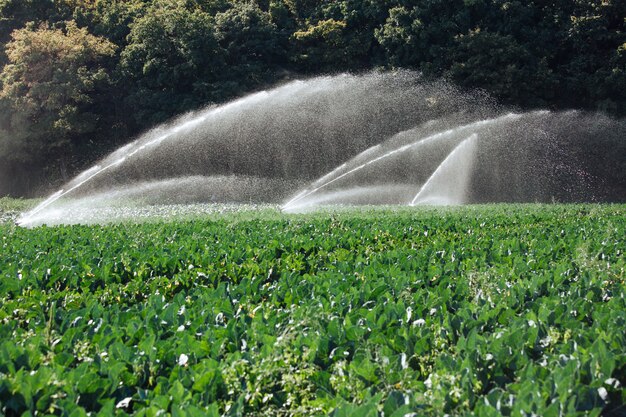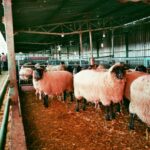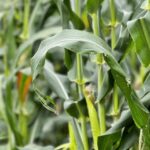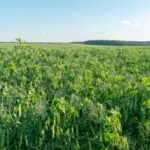Choosing the right irrigation system is vital for ensuring your crops receive the water they need while conserving resources and minimizing costs. Several factors influence the choice of an irrigation system, including the type of crops, soil conditions, water availability, and budget. Here’s a comprehensive guide to help you make the right decision for your farm.
Understand Your Crops’ Water Requirements
Different crops have varying water needs. High-water-demand crops, such as rice, require systems like flood irrigation, while low-water-demand crops, such as succulents, thrive with drip irrigation. Research the specific needs of your crops to determine the most effective method.
Evaluate Your Soil Type
Soil type plays a critical role in selecting an irrigation system. Sandy soils drain quickly and are suited to drip or sprinkler systems that provide slow, consistent watering. Clay soils retain water longer, making flood or furrow irrigation more effective. Assessing your soil’s characteristics ensures efficient water usage.
Assess Water Availability
The amount and quality of water available will influence your decision. Drip irrigation is ideal for areas with limited water supply, as it minimizes wastage. On the other hand, surface irrigation may be more practical in regions with abundant water resources. If water quality is a concern, filtration systems should be included in your setup.
Consider Farm Size and Topography
The size and layout of your farm significantly impact the choice of an irrigation system. Drip and sprinkler systems are suitable for small to medium-sized farms. For large farms with uneven terrain, pivot or linear irrigation systems are more practical, as they cover expansive areas efficiently.
Analyze Initial and Maintenance Costs
Irrigation systems come with varying initial installation and maintenance costs. Drip irrigation requires a higher initial investment but offers long-term savings on water and energy. Flood irrigation is cheaper to set up but may lead to water wastage and soil erosion. Choose a system that balances cost and efficiency within your budget.
Examine Automation and Technology Options
Modern irrigation systems offer automation features that can save time and improve precision. Automated drip or sprinkler systems allow for controlled water distribution, reducing labor and ensuring optimal irrigation. Incorporating smart sensors can further optimize water usage by adjusting irrigation based on real-time weather and soil data.
Evaluate Environmental Impact
Sustainable farming practices are increasingly important. Drip irrigation reduces water wastage and minimizes runoff, protecting local water bodies. Surface irrigation, while traditional, may lead to overwatering and nutrient leaching. Choose a system that aligns with your commitment to environmental sustainability.
Seek Professional Advice
Consulting an agricultural expert or irrigation specialist can provide valuable insights tailored to your farm’s specific needs. Professionals can help design and implement a system that maximizes efficiency and aligns with your farming goals.
Selecting the right irrigation system is a critical decision that affects crop health, resource management, and overall farm productivity. By carefully assessing your farm’s unique conditions and considering the factors outlined above, you can implement an irrigation system that meets your needs and supports sustainable farming practices.
Join 'Farmers Mag' WhatsApp Channel
Get the latest Farming news and tips delivered straight to your WhatsApp
CLICK HERE TO JOIN






